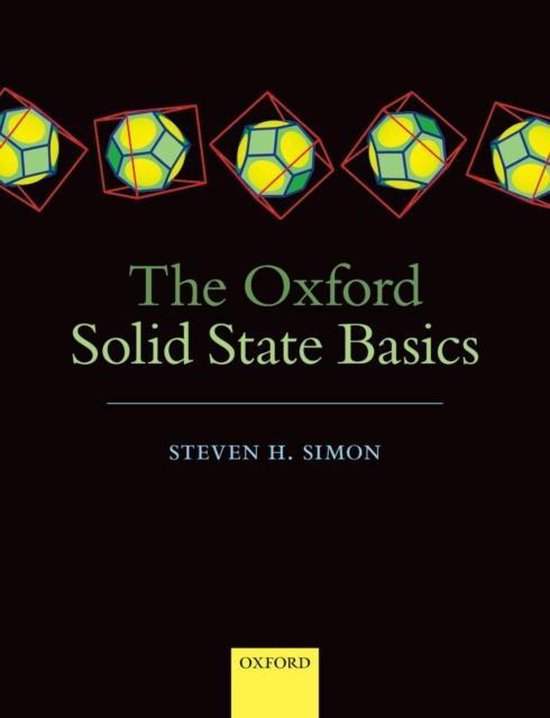
Soft Condensed Matter
Probably one of the most fashionable areas in the physical sciences today, 'Soft Condensed Matter' provides an excellent introduction to the topic, and includes colloids, polymers, liquid crystals, and amphiphiles. It is suitable for advanced undergraduate and beginning graduate students of physics, chemistry, materials science and chemical engineering.
The physics of soft condensed matter is probably one of the most 'fashionable' areas in the physical sciences today. This book offers a coherent and clear introduction to the properties and behaviour of soft matter. It begins with a treatment of the general underlying principles: the relation of the structure and dynamics of solids and liquids to intermolecular forces, the thermodynamics and kinetics of phase transitions, and the principles of self-assembly. Then the specific properties of colloids, polymers, liquid crystals and self-assembling amphiphilic systems are treated within this framework. A concluding chapter illustrates how principles of soft matter physics can be used to understand properties of biological systems. The focus on the essentials and the straightforward approach make the book suitable for students with either a theoretical or an experimental bias. The level is appropriate for final year undergraduates and beginning graduate students in physics, chemistry, materials science, and chemical engineering.
The physics of soft condensed matter is probably one of the most 'fashionable' areas in the physical sciences today. This book offers a coherent and clear introduction to the properties and behaviour of soft matter. It begins with a treatment of the general underlying principles: the relation of the structure and dynamics of solids and liquids to intermolecular forces, the thermodynamics and kinetics of phase transitions, and the principles of self-assembly. Then the specific properties of colloids, polymers, liquid crystals and self-assembling amphiphilic systems are treated within this framework. A concluding chapter illustrates how principles of soft matter physics can be used to understand properties of biological systems. The focus on the essentials and the straightforward approach make the book suitable for students with either a theoretical or an experimental bias. The level is appropriate for final year undergraduates and beginning graduate students in physics, chemistry, materials science, and chemical engineering.
| Auteur | | Richard A.L. Jones |
| Taal | | Engels |
| Type | | Paperback |
| Categorie | | Wetenschap & Natuur |





